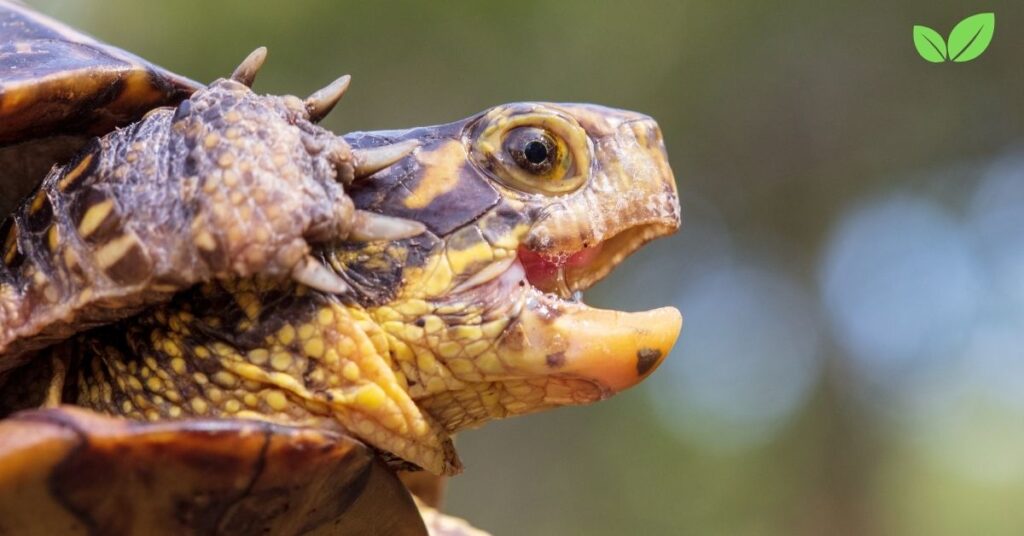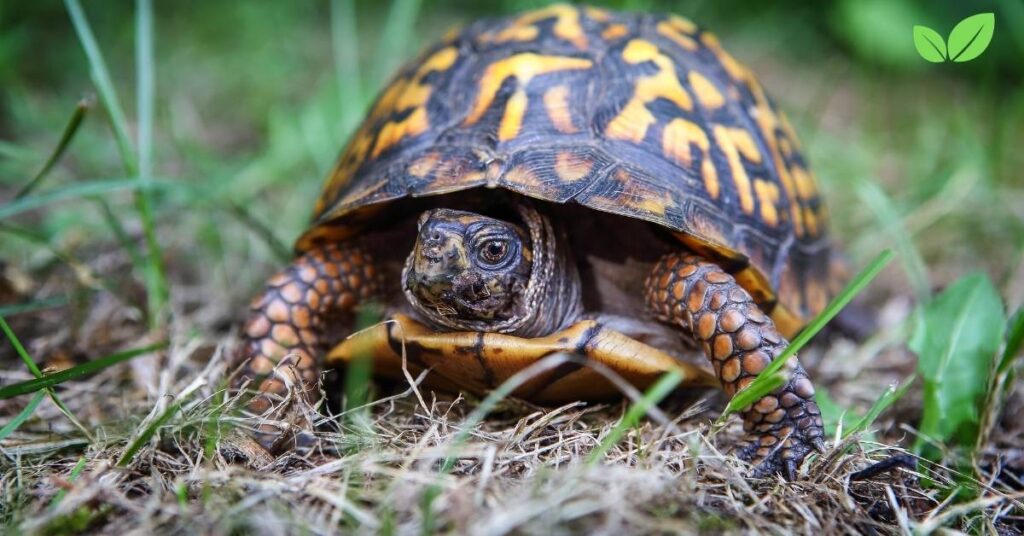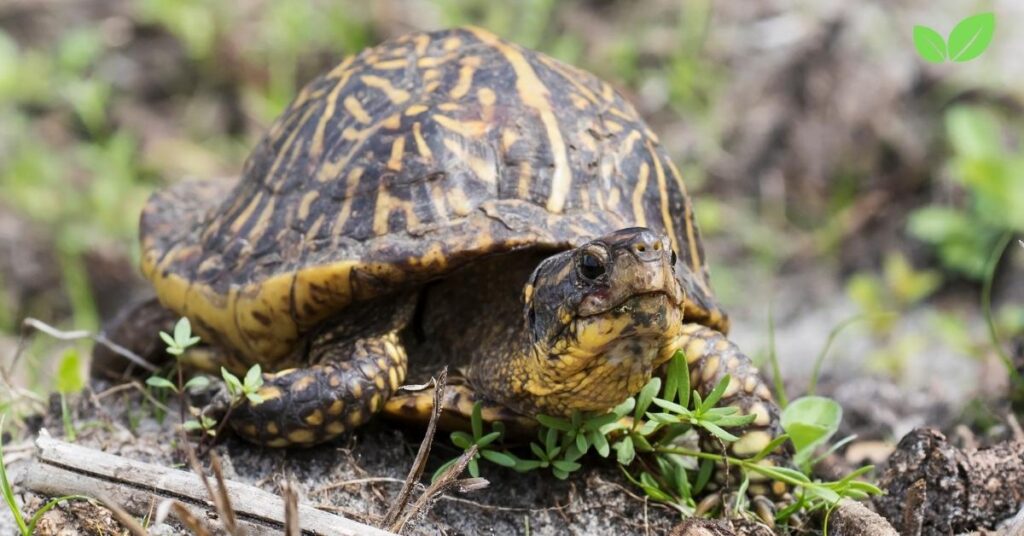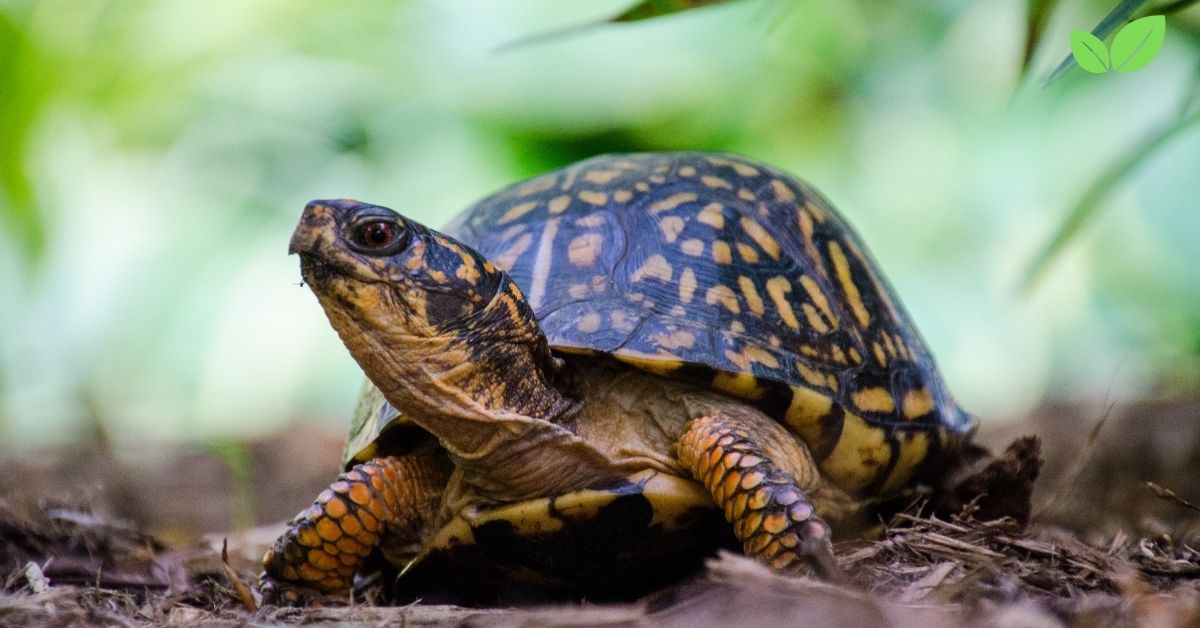The Florida box turtle (Terrapene carolina bauri) is an important species native to Florida, thriving in the state’s unique subtropical ecosystems. This terrestrial turtle is well-adapted to the warm, humid climate and diverse habitats, making it an essential part of Florida’s biodiversity. Understanding the environmental niche of the Florida box turtle sheds light on how it interacts with its habitat, diet, reproduction, and overall role in maintaining ecological balance.
Taxonomy and Physical Characteristics
The Florida box turtle is a visually striking species, known for its brightly colored shell and distinctive domed shape. As a subspecies of the common box turtle, it shares many traits with its relatives while displaying unique characteristics that allow it to thrive in Florida’s subtropical habitats. Its physical and taxonomic traits are key to its survival, providing protection from predators and aiding in its foraging behavior.

Overview of the Box Turtle Family
The Florida box turtle is part of the larger family of box turtles, which includes several other subspecies spread across North America. A notable feature of these turtles is their hinged plastron, which gives them the ability to fully close their shell, providing them with a strong defense against predators.
Physical Features of the Florida Box Turtle
The Florida box turtle is easily recognized by its domed, dark-colored shell, which is typically adorned with yellow or orange streaks. This distinctive coloration serves both as camouflage in its natural environment and as a warning to potential predators. The species’ small size and strong, clawed feet are adaptations that allow it to navigate the dense underbrush and varied terrain of its habitat.
Habitat and Geographic Range
The Florida box turtle is primarily found in the southeastern United States, with its core range being within the state of Florida. Its habitat preferences are diverse, ranging from moist forests to coastal dunes, where it thrives under the subtropical climate. The availability of specific habitat features, such as leaf litter, access to water, and shaded areas, is crucial to the turtle’s survival.

Geographic Distribution
While the Florida box turtle is mostly concentrated within Florida, it can occasionally be found in southern parts of Georgia. The turtle’s distribution aligns closely with the warm, humid climate, which is crucial for its physiological needs and behaviors.
Preferred Habitats
These turtles favor environments that provide a mix of vegetation cover, moisture, and foraging opportunities. Habitats such as pine flatwoods and tropical hammocks offer the right combination of humidity, food sources, and protection from predators.
Adaptations to Habitat
During extreme heat or dry conditions, Florida box turtles exhibit behaviors like burrowing to stay cool and hydrated. These adaptations are critical in a region where seasonal changes can dramatically affect the availability of moisture and suitable temperatures for activity.
Diet and Feeding Habits
Florida box turtles have an omnivorous diet, which allows them to be highly adaptable to changes in food availability across seasons. Their varied diet includes both plant and animal matter, making them effective foragers and contributors to the ecosystem. Their feeding habits also play a critical role in maintaining ecological balance, particularly in terms of seed dispersal and controlling insect populations.

Omnivorous Diet
The omnivorous nature of the Florida box turtle allows it to take advantage of a wide range of food sources, including insects, berries, and fungi. This dietary flexibility is one of the reasons it can thrive in varied habitats across its range.
Seed Dispersal and Fungal Control
Box turtles contribute significantly to their ecosystem by dispersing seeds, particularly from fruit-bearing plants, across wide areas. They also help regulate fungal populations by consuming mushrooms, some of which are toxic to other animals, highlighting their unique role in maintaining ecological balance.
Behavior and Reproduction
The daily activities and reproductive behaviors of Florida box turtles are deeply tied to the seasonal and environmental conditions of their habitats. From their territorial tendencies to their mating rituals, these turtles exhibit behaviors that ensure their survival in Florida’s diverse landscapes. Understanding these behaviors gives insight into how the species sustains its population despite various challenges.

Daily Activity Patterns
Florida box turtles are most active during cooler parts of the day, such as early morning or late afternoon, when they forage for food. During the hottest parts of the day, they seek shelter under vegetation or burrow into the ground to avoid heat stress.
Territoriality and Range
Although not highly territorial, each turtle tends to remain within a small home range. Males are more likely to venture beyond their range during the mating season, but both males and females typically stay within a few acres.
Mating and Nesting
Mating usually occurs in the spring and summer, with females laying eggs in shallow nests. The temperature of the nest plays a key role in determining the sex of the hatchlings, a phenomenon known as temperature-dependent sex determination.
Lifespan and Predation
The lifespan of a Florida box turtle can extend well beyond 50 years if it survives its vulnerable early stages of life. Young turtles are particularly at risk from predators, but adult turtles benefit from their hard shells, which provide protection against most threats.
The Role of the Florida Box Turtle in the Ecosystem
As both predator and prey, the Florida box turtle occupies a crucial niche in the ecosystem. Its diet helps control insect populations and promotes plant diversity through seed dispersal. In addition to these roles, the turtle serves as an indicator species, providing insights into the health of its environment.

Ecological Importance
Florida box turtles help maintain ecological balance through their varied diet and interactions with plant species. By spreading seeds and controlling insect populations, they contribute to the overall health and diversity of their habitat.
Prey and Predator Dynamics
As hatchlings and juveniles, Florida box turtles are prey for a variety of species, including birds and mammals. However, as adults, they benefit from their protective shells and face fewer natural predators, though human activities still pose significant risks.
Indicator Species
Because of their sensitivity to environmental changes, Florida box turtles serve as bioindicators. Their presence, or decline, can reflect broader trends in ecosystem health, such as habitat degradation or pollution levels.
Threats to the Florida Box Turtle
Florida box turtles face several challenges that threaten their populations, from habitat destruction to human interference. These turtles are particularly vulnerable to changes in their environment due to their slow reproductive rates and the long time it takes for individuals to reach sexual maturity.

Habitat Loss
The rapid pace of urbanization and land development in Florida has resulted in significant habitat loss for the Florida box turtle. Wetland drainage and deforestation disrupt the ecosystems that these turtles rely on for shelter and food.
The Illegal Pet Trade
Although protected by law, Florida box turtles are still captured illegally for the pet trade. The removal of individuals from the wild can have lasting effects on local populations, especially when combined with habitat fragmentation.
Road Mortality
Slow-moving box turtles are frequently victims of road mortality, particularly in areas where their natural habitat intersects with human infrastructure. Roads that fragment their habitat make it difficult for turtles to move safely, often leading to fatal accidents.
Climate Change
Rising temperatures and altered precipitation patterns due to climate change pose additional risks. The impact on nesting success, with warmer temperatures producing more females, could lead to skewed sex ratios, affecting the long-term viability of the species.
Conservation Status and Efforts
Conservation efforts are crucial in protecting the Florida box turtle from the threats it faces. Through legal protections, habitat restoration, and public education, initiatives aim to ensure the survival of this species and its continued role in Florida’s ecosystems.

Legal Protections
Laws prohibiting the capture and sale of wild Florida box turtles are a vital step toward reducing their exploitation. These protections are enforced by local authorities, though illegal capture remains a concern in some areas.
Habitat Restoration
Restoring natural habitats, such as wetlands and forested areas, provides turtles with the environments they need to thrive. Conservation groups work to replant native vegetation and restore critical ecosystems that have been altered by human activity.
Public Education
Public education campaigns aim to raise awareness about the importance of Florida box turtles and their role in the ecosystem. Teaching communities how to coexist with these turtles, including building turtle-friendly gardens and protecting them on roads, is key to their conservation.
Conclusion
The Florida box turtle is not only a unique and charismatic species but also an integral part of the ecosystems it inhabits. Its roles as a seed disperser, insect controller, and bioindicator highlight the importance of protecting this species. While it faces significant challenges, ongoing conservation efforts focused on habitat protection, legal enforcement, and public education are crucial in securing its future.
By ensuring the survival of the Florida box turtle, we are also contributing to the health of the broader ecosystem. As humans continue to alter the natural landscape, it is essential that we prioritize the conservation of species like the Florida box turtle to maintain the balance and biodiversity of Florida’s rich natural environments.
Read More: Are Turtles Reptiles or Amphibians? Exploring Their Environmental Niche, Classification, and Ecology

